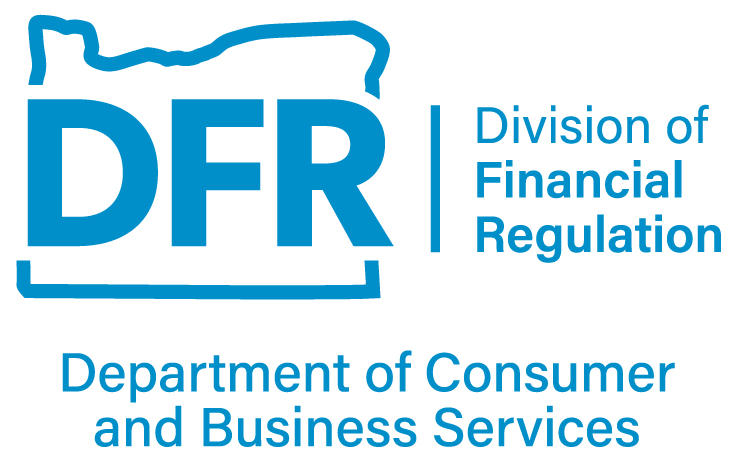Preliminary decision would reduce rates in individual and small group markets
Salem – Each year, the Oregon Division of Financial Regulation (DFR) conducts a transparent health insurance rate review process for health plans that comply with the Affordable Care Act for small businesses and people who buy their own coverage rather than getting it through an employer.
Conducting a yearly rate review ensures that premium rates charged to Oregonians adequately cover health care costs without being too high or too low. This transparent process includes public hearings and a public comment period. Once a year, insurance companies submit to the division their rate change requests for the next year. These requests are rigorously reviewed by division actuaries during a monthslong public review process.
In May, six health insurance companies submitted health insurance rates in the individual market with a weighted average increase of 9.3 percent. Following an initial public hearing and public comment period, DFR has issued a preliminary decision lowering those rates to an average 8.1 percent increase. The lowered rates were driven by an actuarial review by the division that found several components of the company rate filings to be above division actuarial parameters. The Department has the authority to review and revise rates to ensure they are “reasonable and not excessive, inadequate or unfairly discriminatory,” pursuant to ORS 743.018 (4).
“Our new health rate review guide helps to bring clarity and make the process more accessible. I’m glad we were able to find ways to save Oregonians money in a time when budgets are tight,” said Andrew R. Stolfi, Oregon insurance commissioner and director of the Department of Consumer and Business Services. “Our health insurance market is competitive, and we have five carriers offering plans in every Oregon county next year, which gives Oregonians more options to shop for plans to fit their budget.”
As part of this year’s health rate review filings, Moda became the fifth company to offer health insurance in every single county in Oregon after expanding into Benton, Linn, and Lincoln counties. Moda joins BridgeSpan, PacificSource, Providence, and Regence as health insurance companies who provide coverage in all parts of Oregon. It is the first time that five insurers have offered plans in every county.
In the small group market, which serves small businesses with one to 50 employees, eight insurance companies submitted health insurance rates with a weighted average increase of 12.3 percent. DFR’s analysis resulted in lowering the requests of two companies. The average increase range is now 5.7 percent to 16.3 percent, for a weighted average increase of 12.2 percent. The increase was due in large part to medical costs and inflation.
DFR’s review also showed that the Oregon Reinsurance Program continues to help stabilize the health insurance market and keep rates lower. This program works to offset risk experienced by insurers, ultimately lowering premiums. Reinsurance lowered rates by at least 6 percent for the seventh straight year. In fact, this year it saved consumers 8.4 percent.
See the attached chart for the full list of rate change requests.
The division has created a Consumer Guide to 2025 Health Insurance Rate Filings to explain how rates were arrived at and the adjustments made. This guide provides comprehensive detail as to the key components of the 2025 rates and an explanation to adjustments made by the division.
The division has also created a general Consumer Guide to Health Insurance Rate Review to help explain how rates are determined each year.
DFR will hold a virtual hearing Tuesday, Aug. 6 at 1 p.m., for final public comment on the preliminary rates. A link for the hearing and the consumer guides can be found at www.oregonhealthrates.org.
Final decisions will be made in August after the public hearing and comment period end.
###
About Oregon DFR: The Division of Financial Regulation protects consumers and regulates insurance, depository institutions, trust companies, securities, and consumer financial products and services. The division is part of the Department of Consumer and Business Services, Oregon’s largest consumer protection and business regulatory agency. Visit dfr.oregon.gov and dcbs.oregon.gov.









